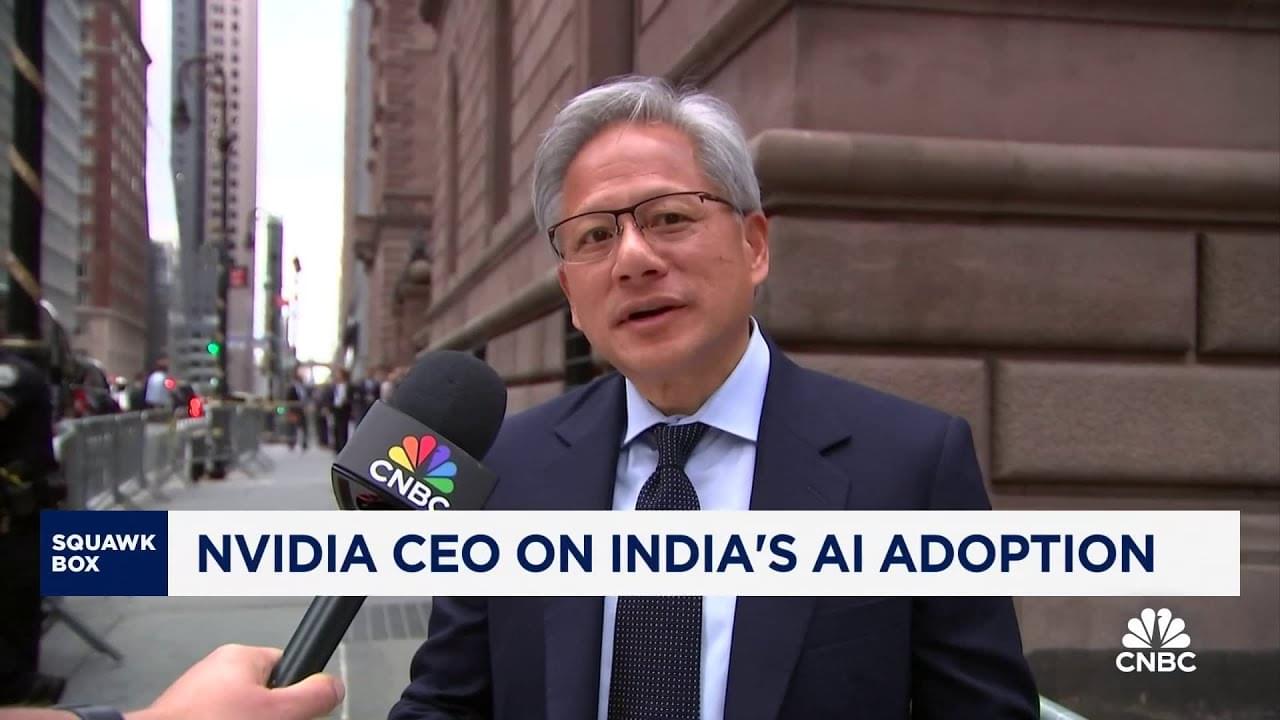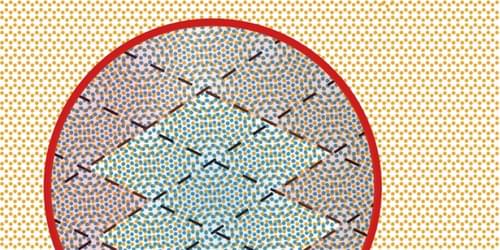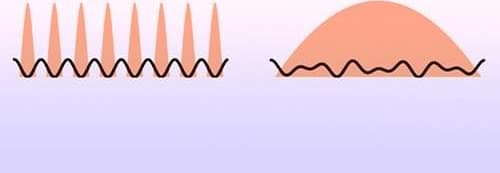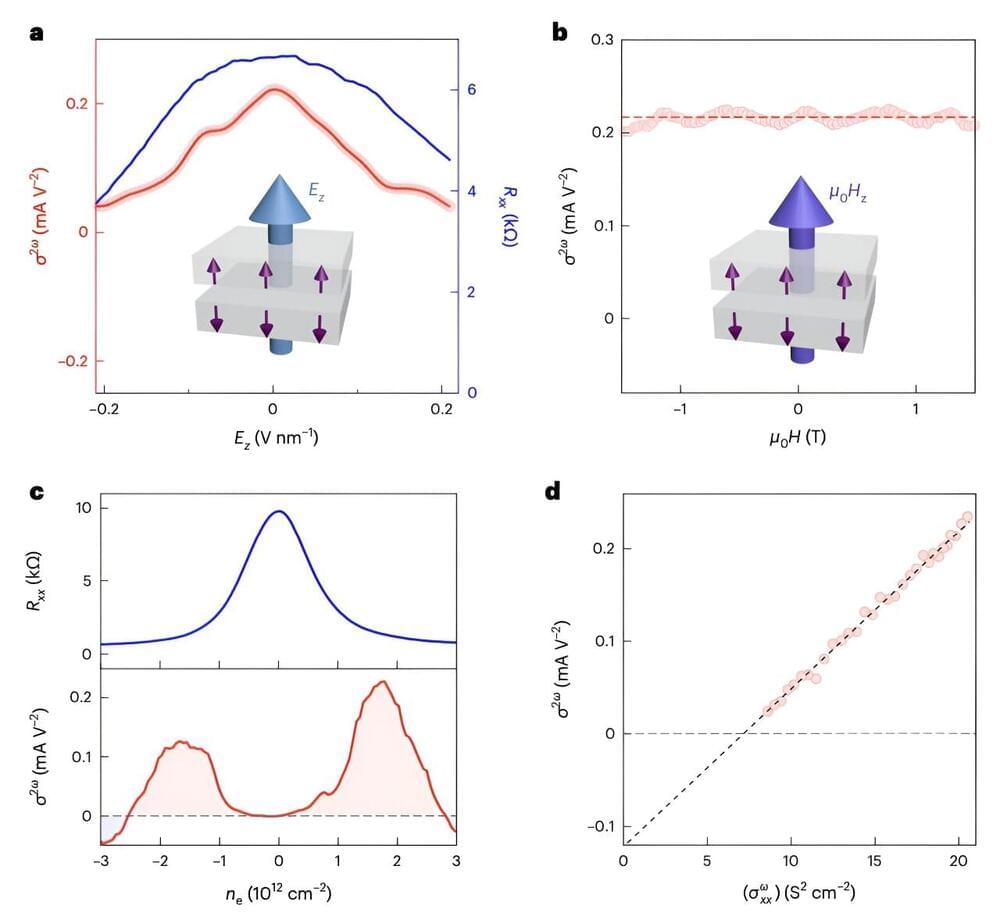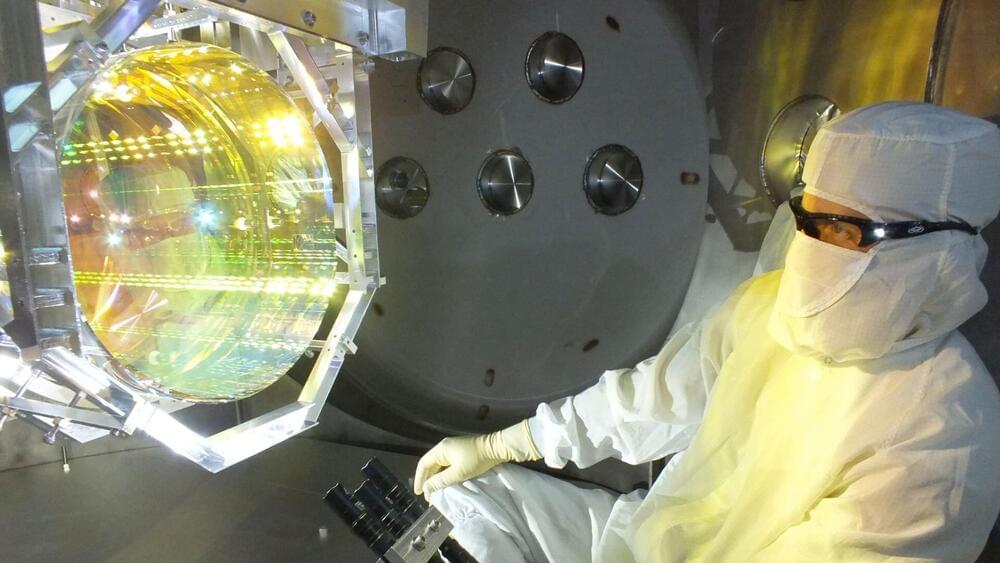Sep 23, 2024
Silicon Chip Propels 6G Communications Forward
Posted by Natalie Chan in categories: computing, internet
A team of scientists has unlocked the potential of 6G communications with a new polarization multiplexer. Terahertz communications represent the next frontier in wireless technology, promising data transmission rates far exceeding current systems.
By operating at terahertz frequencies, these systems can support unprecedented bandwidth, enabling ultra-fast wireless communication and data transfer. However, one of the significant challenges in terahertz communications is effectively managing and utilizing the available spectrum.
The team has developed the first ultra-wideband integrated terahertz polarization (de)multiplexer implemented on a substrateless silicon base which they have successfully tested in the sub-terahertz J-band (220–330 GHz) for 6G communications and beyond.


